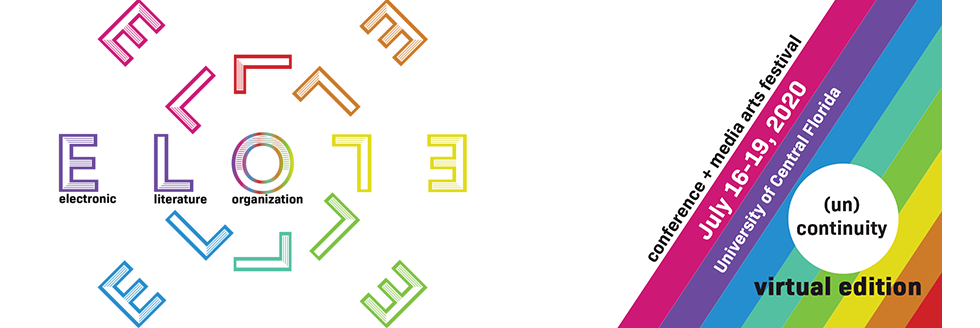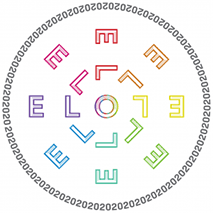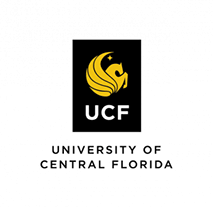Artemisianum
Associate professor at the Institute of Audiovisual Arts, Jagiellonian University, Kraków, Poland , 2019 Fulbright Scholar-in-Residence in Creative Digital Media program at Winona State University (USA), a member of Board of Directors of the Electronic Literature Organization.
Her research interests include media art, electronic literature, media theory and environmental humanities. She is currently pursuing a 3-year long research project on the post-digital imagery on a grant from Polish National Science Centre. The author of three books in Polish, the newest one published in 2016 focuses on a locative media imagery. She has published numerous articles in journals and chapters in edited volumes including Hyperrhiz, Electronic Book Review, Communications+1. The most recent publication: VR - the culture of (non)participation? Reframing the participative edge of virtual reality in: Eriksson B., Stage C., Valtysson B. (eds.) Cultures of participation. Arts, Digital Media and Cultural Institutions, Routledge, New York and London.
Since 1999 she is also a part-time musician, composer and sound artist, and a passionate gardener in a tiny permaculture farm located in Slovakian Carpathians. As both co-author of The Magic Carpathians musical collective and a field recorder, she has released 19 albums (one on American label Drunken Fish Records, now defunct) and extensively toured USA and Europe.
Full information: http://nytuan.wordpress.com and http://magiccapathians.com
Abstract
Artemisianum is a solo performance based on a microstory created for a 3D / VR platform, currently in production. Its main point of departure is the question of possibilities for enhanced communication between people and plants. The microstory in question is a speculative fabulation about the smell as a communication tool and type of XR. To the author of a performance, molecules released by a plant common in traditional gardens in Central Europe and present in Eurasia, Africa and North America (wormwood or southernwood, Artemisia abrotanum), along with other types of Artemisiae used for smudging (Artemisia Ludovicia) efficiently convey memories of close and intimate human-plant encounters, including entering the states of expanded consciousness (but not hallucinatory). From this perspective, all traditional, folk stories on how gardeners (mostly women) need to talk to plants and tell them stories to keep them growing, acquire another meaning. What if plants respond with a smell, yet this form of transmission goes unnoticed, because it is never accounted for as a meaningful communication? What if the practice of smudging - common across spiritual traditions around the globe and particularly important for the American First Nations - is another form of such an exchange? The microstory narrates the process of chemoreception as embodied and non-semiotic communication, beyond the idea of communication as a transfer of symbols, the one that currently still cannot be captured by any media technology. The vocal performance of the microstory will be accompanied by manipulation of the 3D visual structure on a screen and smudging of the actual Artemisia abrotanum to produce the olfactory effects - depending on the type of room at disposal. Ubiquitous fire alarms in contemporary corporate buildings forbid the practice of smudging in most of interiors, hence makie this form of human-plant embodied communication impossible, which the performance aims at addressing as well.
Requirements: standard sound equipment (PA) to plug the microphone (XLR input on the system), WiFi connection, and video projector, having a computer at disposal will make arrangement easier.
A performer brings her own microphone and vocal effect box.
Artemisianum
Artemisianum is a solo performance based on a microstory created for a 3D / VR platform, currently in production. Its main point of departure is the question of possibilities for enhanced communication between people and plants. The microstory in question is a speculative fabulation about the smell as a communication tool and type of XR. To the author of a performance, molecules released by a plant common in traditional gardens in Central Europe and present in Eurasia, Africa and North America (wormwood or southernwood, Artemisia abrotanum), along with other types of Artemisiae used for smudging (Artemisia Ludovicia) efficiently convey memories of close and intimate human-plant encounters, including entering the states of expanded consciousness (but not hallucinatory). From this perspective, all traditional, folk stories on how gardeners (mostly women) need to talk to plants and tell them stories to keep them growing, acquire another meaning. What if plants respond with a smell, yet this form of transmission goes unnoticed, because it is never accounted for as a meaningful communication? What if the practice of smudging - common across spiritual traditions around the globe and particularly important for the American First Nations - is another form of such an exchange? The microstory narrates the process of chemoreception as embodied and non-semiotic communication, beyond the idea of communication as a transfer of symbols, the one that currently still cannot be captured by any media technology. The vocal performance of the microstory will be accompanied by manipulation of the 3D visual structure on a screen and smudging of the actual Artemisia abrotanum to produce the olfactory effects - depending on the type of room at disposal. Ubiquitous fire alarms in contemporary corporate buildings forbid the practice of smudging in most of interiors, hence makie this form of human-plant embodied communication impossible, which the performance aims at addressing as well.
Requirements: standard sound equipment (PA) to plug the microphone (XLR input on the system), WiFi connection, and video projector, having a computer at disposal will make arrangement easier.
A performer brings her own microphone and vocal effect box.



